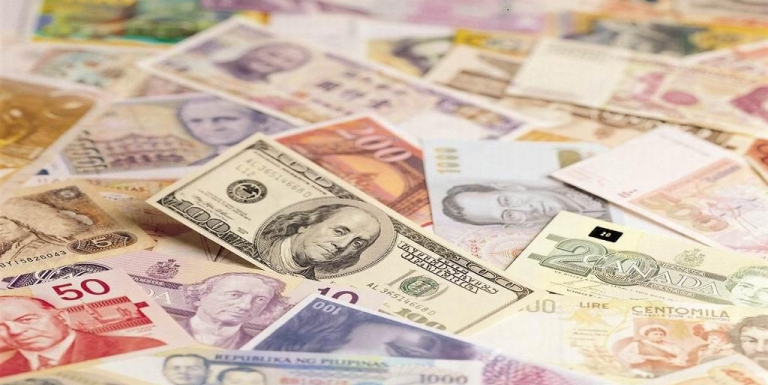Accounting Entries For Foreign Exchange Transactions – Journals For Forex Purchases, Fluctuation, Gain or Loss, Hedge, Revaluation & Currency Sales
A foreign exchange transaction occurs when you pay a supplier or receive payment from a customer in a currency different from your home currency or a currency your financials are reported in. In such transaction, you need to factor in the prevailing exchange rate your reporting currency is, to the foreign currencies for seamless conversion to be easy.
When treating foreign exchange transactions in your book, you need to account for either gain or loss arising from forex conversions – which could be exchange rate gain/loss or unrealised profit/loss – while the exchange rate gain or loss report lets you track all income earned or loss incurred on business transactions, unrealized profit or loss arises when there is a change in the value of your foreign currency portfolio, which could be cash in hand or bank.
Let’s discuss the accounting entries for foreign exchange transactions.
Foreign Purchases Transactions
When you make payment for goods supplied or services rendered by a foreign supplier, CR your bank account and DR the inventory account or DR expenses account (for services) by multiplying the foreign currency value by the current exchange rate.
This is different from a credit transaction where you order or enjoy a service and pay at a later date – this type of transaction gives rise to gain or loss as exchange rate as at the time of transaction may be different from settlement date except there is an agreed rate between both parties, to hedge against loss.
When you order from a foreign supplier – DR inventory account and CR account payable with the amount payable (using the current exchange rate).
When you pay the supplier at a later date, it could be at a higher or lower cost depending on the exchange rate value. The accounting entries are CR your local bank account with the total value of the transaction (using the prevailing exchange rate), DR account payable account with the initial exchange rate value and CR account payable with exchange rate loss (if the latest rate is higher). This treatment is applicable when there is exchange rate loss. But, if you are settling at a lower rate, instead of crediting the payable, you DR the payable with exchange rate gain (the difference in rate).
Note that both exchange rate gain and loss are a line time on the income statement.
Foreign Sales Transaction
Unlike the purchase transactions, sales account occurs when you sell your inventory to a customer in currencies outside your home currency. The accounting entries are DR account receivable account and CR your sales or income account with the value of the transaction (using the current exchange rate). On the settlement date, CR the receivable compare the latest exchange rate with the previous rate as at when the transaction occurs, take the difference to exchange rate gain (if it’s higher or exchange rate loss (if it’s lower) and DR your bank account with the cash value.
Unrealized Gain or Loss on Foreign Currency Revaluation
On a weekly or monthly basis, you may want to revalue your foreign currency holding as rate fluctuate every day to reflect the prevailing exchange rate. For instance, you have $1000 in your bank account when $1/N400, that’s N400,000 but when the rate changes to $1/N450, you need to revalue to capture an unrealised gain of N50,000 but if it’s plunge to N300, you have an unrealized loss of N100,000. These differences are accounted for in the revaluation reserve account as this:
DR foreign currency account and CR revaluation reserve with the value of unrealised gain OR
CR foreign currency account and DR revaluation reserve account with the value of the unrealized loss.
Hope you find this accounting entry for foreign exchange transactions useful? Read more tips on accounting treatment for business transactions here

